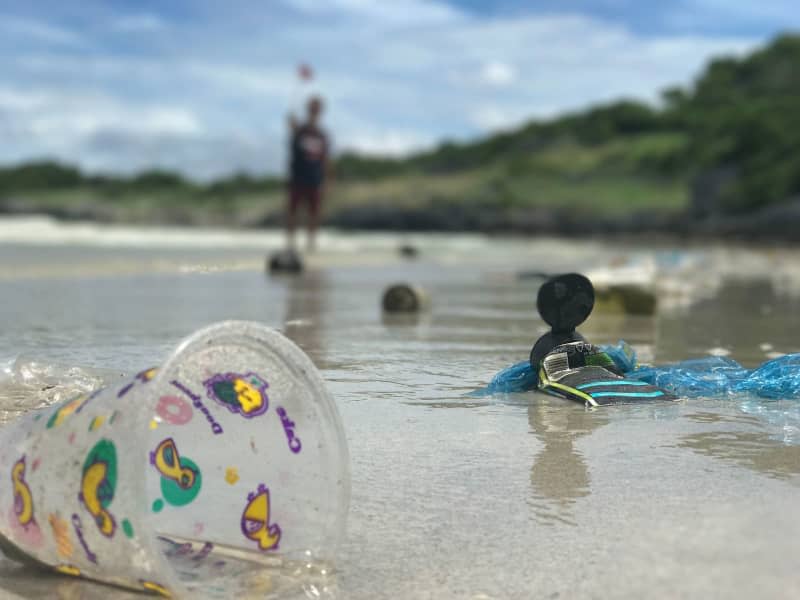Study: Seabed holds up to 11 million tons of plastic waste

Between three and 11 million tons of plastic waste have gathered at the bottom of the world's oceans, according to a study published this month by Australian and Canadian researchers.
Using remotely operated underwater vehicles (ROVs), it was possible to quantify approximately how much plastic waste ends up on the seabed and where it accumulates before it is broken down into smaller pieces and mixed with the marine sediment, said Denise Hardesty of the Australian science agency Csiro.
"We know that millions of tons of plastic waste enter our oceans every year but what we didn't know is how much of this pollution ends up on our ocean floor," said Hardesty, one of the authors of the report by Csiro and the University of Toronto.
While there have been previous estimates of microplastics, the study "Plastics in the deep sea – A global estimate of the ocean floor reservoir" looks at larger items such as nets, cups or plastic bags.
With plastic consumption expected to double by 2040, understanding how and where the waste is transported in the ocean is crucial to protecting marine ecosystems and wildlife, the scientists say.
Plastic pollution on the seabed could be up to 100 times greater than the amount of plastic floating on the surface, said Alice Zhu, a doctoral student at the University of Toronto who led the study.
The bottom of the oceans has therefore become a long-term resting place or reservoir for much of the plastic pollution.
"This is further exacerbated by the extremely slow degradation rates of plastic in cold environments lacking in both oxygen and UV radiation," the study says.
According to the results, around half (46%) of the estimated plastic mass is found above 200 metres water depth, with the remainder (54%) extending down as deep as 11,000 metres.
